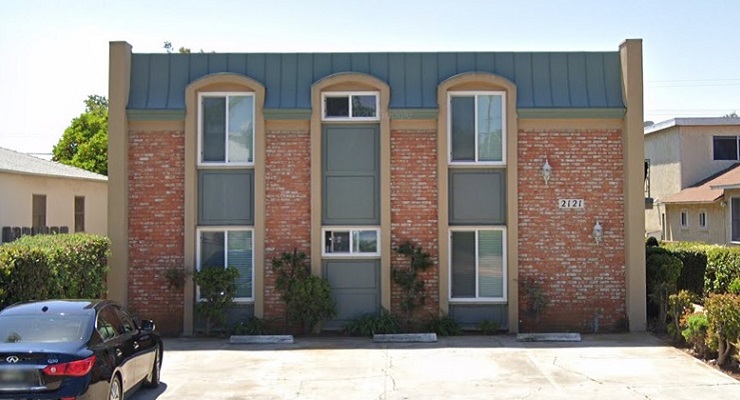
Next year’s economic picture could be a challenging one, based on a number of factors.
Although there have been improvements in inflation, a slight increase in consumer sentiment, and stronger unemployment numbers, the housing market and the economy overall in California and the US overall, still face many struggles.
The Federal Reserve raised rates again last week but a recent easing on mortgage rates may encourage some buyers to take advantage of the recent shift in the market, even though most consumers are still grappling with rising prices.
These factors alone could suggest that slower economic growth could be ahead.
According to its latest median forecast, the Federal Reserve will hike interest rates to as high as 5.1% in 2023, before the central bank ends its fight against runaway inflation, according to its median forecast released Wednesday. Consumers may not see a lowered interest rate until 2024, according to the Fed forecast.
The expected “terminal rate,” as it is known, of 5.1% pencils out to a target range of 5%-5.25%. This forecast is higher than the 4.6% projected by the Feds in September.
Closer to home, California totaled a seasonally adjusted annualized rate of 237,740 closed escrow sales of existing, single-family detached homes in November, according to the California Association of Realtors (CAR).
According to CAR, those statewide annualized sales figures represent what would be the total number of homes sold during 2022 had sales maintained its November pace throughout the year.
The figures are adjusted to account for seasonal factors that typically influence home sales, CAR noted in a recent report. November’s sales pace was down 13.2 percent on a monthly basis from 274,040 in October and down 47.7 percent from a year ago, according to CAR, when 454,450 homes were sold on an annualized basis.
The year-to-year sales decline was the biggest since 1980.
Home sales have been on a downward trend for 17 straight months on a year-over-year basis, CAR also reported, the fourth time in the last five months that sales dropped more than 30 percent from the year-ago level.
Housing demand in California has also fallen as the high-interest rates continue to affect affordability, as sales of existing single-family homes dropped to a seasonal adjusted annualized rate of 237,740 in November – the lowest level since the Great Recession.
The statewide median price dipped year-over-year for the first time in 30 months as less competition relieved upward pressure on prices. Mortgage rates at the highest level in 20 years was the primary reason for the downward trend in sales and price, but deteriorating sentiment played a role as well. The market will likely get slightly worse before it starts getting better, but pending sales indicate that the pace of declines should begin moderating in the coming months as the market nears bottom.
Inflation continues its downward trend, but prices remain high, as the index tracking consumer prices, inched up 0.1% in November from the previous month, and increased 7.1% from a year ago.
The key inflation number remains well above the Fed’s target of 2% for a healthy inflation level, according to an NBC report, it is the lowest it’s been in 12 months.
Not including volatile food and energy prices, “core” inflation still advanced 0.2% from the month prior and 6% from a year ago, but it also showed signs of cooling. The pace of inflation is expected to continue slowing over the next few months, but the 5% pace of wage growth is likely to keep the Fed working against inflation, also according to an additional CAR report.







